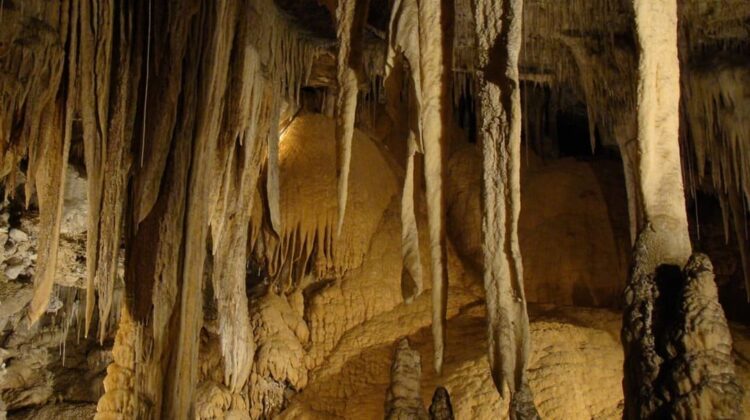
The Bedrock of Civilisations: Geological Impact on Human History
The intricate dance between geology and human civilisation is as old as time. The fertile valleys carved by ancient rivers gave birth to the first civilisations, and mineral riches have dictated trade routes, fuelled economies, and sparked wars. Studying ancient terrains, geologists unearth tales of how natural landscapes influenced the trajectories of societies, from the gold-laden realms of the Incas to the sprawling fertile plains of the Indus Valley Civilisation.
Erosion, Sedimentation, and Palaeogeography
One of geology’s wonders is its ability to chart the topographies of ancient lands. Through understanding processes like erosion and sedimentation, scientists can recreate the landscapes of bygone eras. These reconstructions, termed palaeogeography, offer a glimpse into ancient ecosystems, from primeval rainforests to expansive deserts, painting a comprehensive picture of prehistoric Earth.
Subterranean Secrets: The World of Speleology
Caves, nature’s subterranean marvels, are goldmines of geological information. Speleology, the study of caves, has illuminated many aspects of Earth’s history. Stalactites and stalagmites, formed by the dripping of mineral-rich water, carry within them clues about past climates, rainfall patterns, and even seismic activities. The caves of the Nullarbor Plain in Australia, for instance, are a testament to ancient droughts and wet periods.
Volcanism: Earth’s Fiery Chronicles
Volcanoes, while agents of destruction, are also invaluable geological timekeepers. Their eruptions spew layers of ash and lava, which solidify and form distinctive layers. By dating these layers, geologists can pin down eruption times and correlate them with global events. The Toba supereruption, for example, is believed to have caused a volcanic winter, potentially impacting early human populations.
The Mysteries of Deep Time: Radiometric Dating
The advent of radiometric dating revolutionised geology. By analysing the decay of radioactive isotopes in minerals, geologists can accurately date rocks and fossils. This has provided definitive ages for significant events, from the formation of Earth’s oldest rocks to the emergence of early life forms.
Impact Craters: Earth’s Celestial Collisions
Our planet bears scars from its encounters with celestial bodies. Impact craters, like the famous Chicxulub in Mexico, offer insights into these colossal collisions. Studying these craters and their associated ejecta layers, geologists can ascertain the magnitude of these impacts and their implications – from mass extinctions to climatic shifts.
Oceans of the Past: Marine Sediment Analysis
The oceans, covering over 70% of Earth’s surface, hold within their depths sediments that chronicle the planet’s history. Drilling expeditions, like those by the Integrated Ocean Drilling Program (IODP), retrieve these sediments. Analyses of these cores have revealed everything from ancient ocean temperatures to periods of anoxia, shedding light on marine life evolution and past climatic conditions.
Tectonic Reconstructions: Virtual Voyages Through Geological Time
Modern technology, combined with geological data, allows scientists to recreate tectonic movements in virtual simulations. These reconstructions enable us to ‘travel’ through time, witnessing the drift of continents, the birth and death of oceans, and the rise of mountain ranges.
Conclusion: The Continual Unravelling of Earth’s Saga
Geology, as a discipline, is continually evolving. With advancements in technology and methodologies, the tales of prehistoric Earth become ever clearer. Each rock layer, mineral grain, and fossil fragment adds to this grand narrative. As we face the environmental challenges of our epoch, the lessons from these ancient chronicles become paramount. They remind us of our planet’s resilience, its dynamic nature, and the intricate interplay of processes that have crafted it. Geology doesn’t merely reconnect us to Earth’s past; it emphasises our responsibilities in the present and for the future. In this vast temporal tapestry, humanity’s chapter is but a fleeting moment. How we shape it is up to us, guided by the wisdom of the aeons gone by.
Author: Levi Burrell
Science divulgator. He writes for numerous popular science magazines. Collaborates with the Deeping in the area of science dissemination
